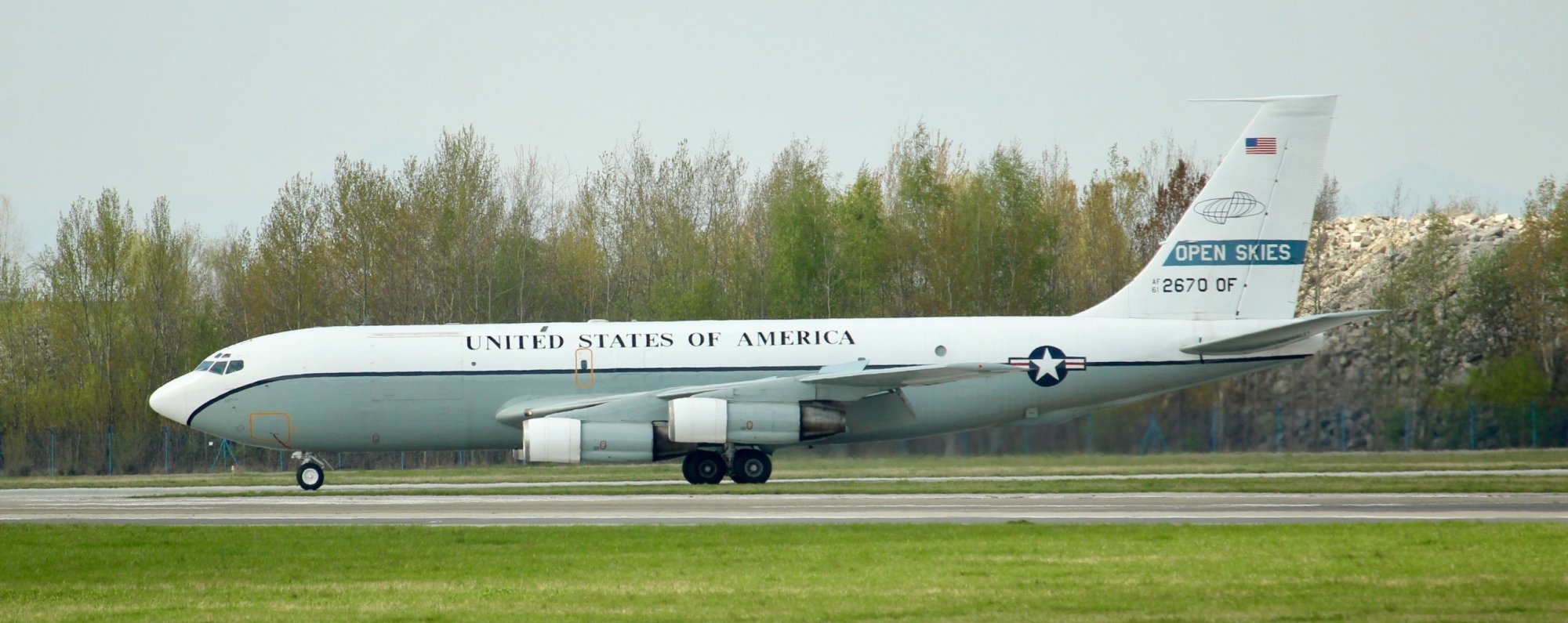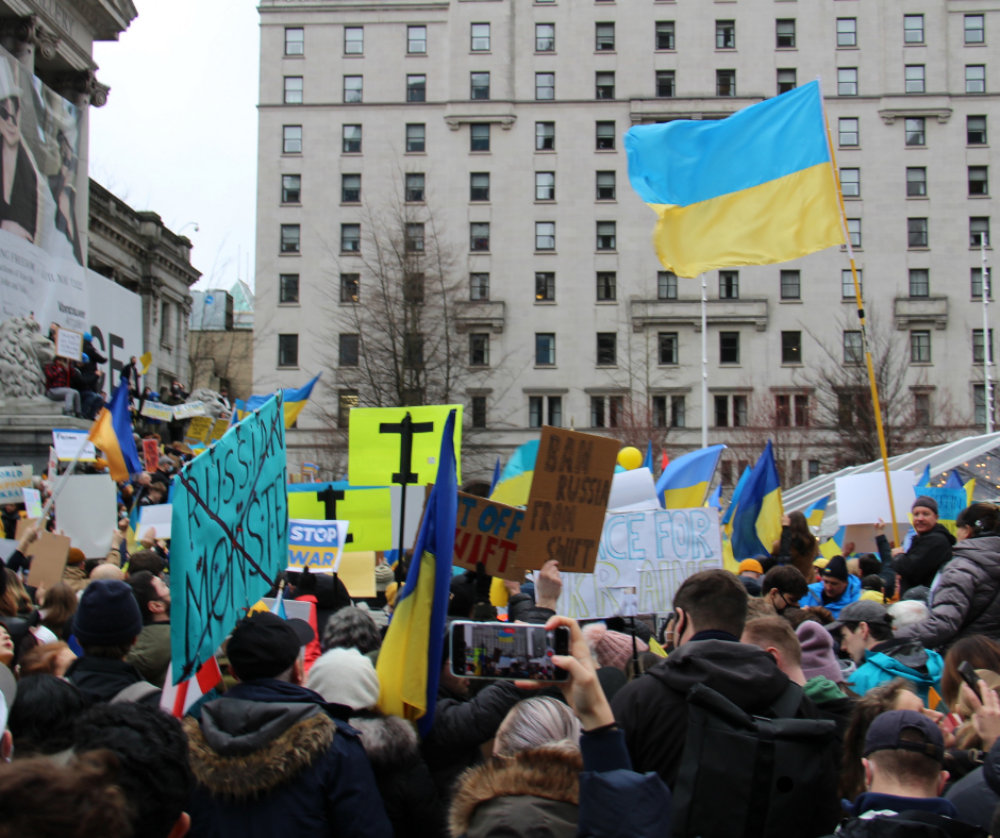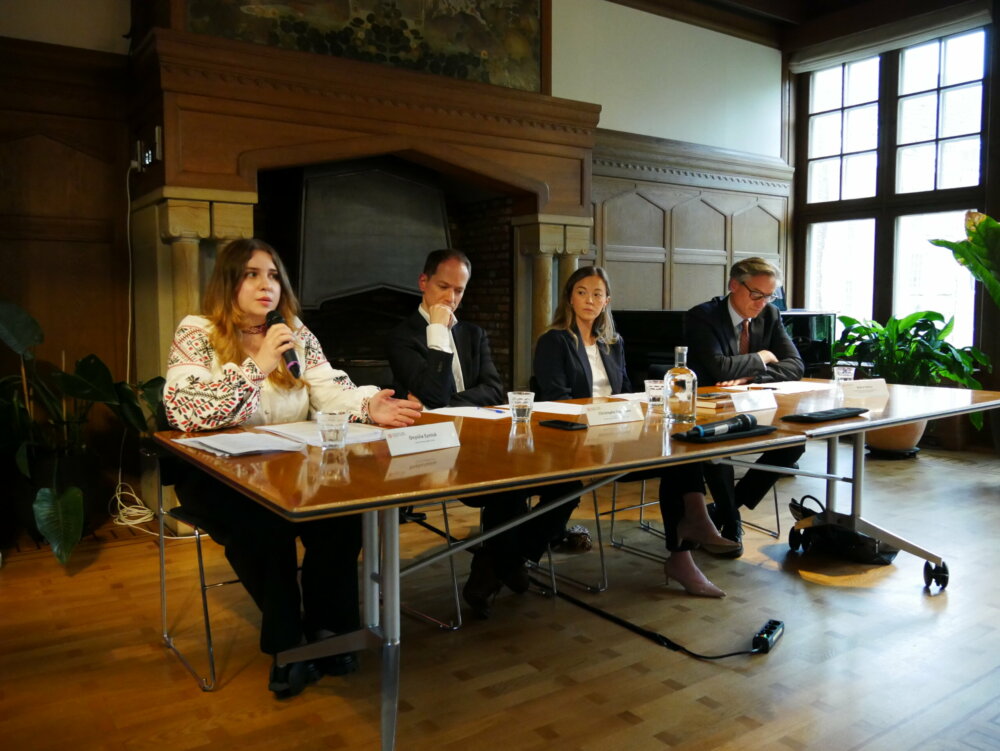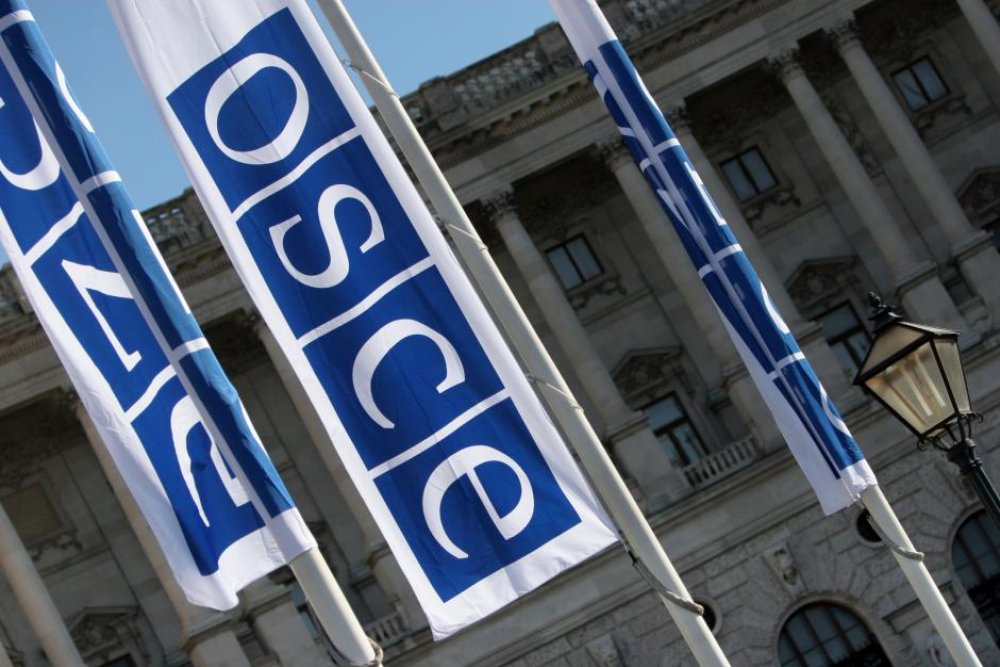AirP72/shutterstock

Open Skies Treaty could fall apart within weeks
Following Russia’s suggestion last week that it could pull out of the Open Skies Treaty by the end of the month, several Vienna-based diplomats told SHR Monitor its withdrawal is a distinct possibility. Meanwhile, the Russian government has officially proposed to President Putin to withdraw from the treaty.
That would mean the effective end of a key military transparency agreement aimed at increasing confidence and lowering the risk of conflict by allowing its 33 signatories to conduct unarmed surveillance flights with specialized aircraft over each other’s territory. It was signed in 1992 and implemented a decade later.
Russia’s April 26 announcement came after the United States withdrew from the treaty last November, citing Russian violations. It says Russia restricted flights over the exclave of Kaliningrad, prevented flights along its border with the Georgian breakaway regions of Abkhazia and South Ossetia, and designated an airfield in the illegally annexed Crimean Peninsula as an Open Skies refueling base.
In response, the United States imposed limitations on flights over Hawaii and Alaska and shuttered airfields for overnight stops—prompting Moscow to accuse Washington of deliberately seeking to undermine the Treaty. Now, it says Washington’s failure to return to the treaty would lead to its withdrawal.
“We expect a clear and unambiguous statement of its position on concrete steps to return to the Open Skies regime,” Konstantin Gavrilov, head of Russia’s delegation to the Vienna negotiations on military security and arms control, told SHR Monitor.
For its part, Washington insists that Moscow must first “take steps to come back into compliance with the treaty”, according to a spokesperson at the U.S. mission to the OSCE. “We are actively reviewing matters related to the Treaty on Open Skies and talking with Allies and partners about the issue.”
Window of opportunity closing
As recently as January, there was still a glimmer of hope that the treaty could survive. At the time, Russia had indicated that it was beginning its internal withdrawal procedure but kept a window of opportunity open to enable the United States to reverse course. During his presidential campaign, then-candidate Joe Biden criticized President Donald Trump’s decision to leave the treaty, leading many to believe the new administration could consider a return.
But negotiations during the past few months within the Vienna-based Open Skies Consultative Commission—chaired by Canada, as well as a small group that specifically addresses the alleged Russian violations—have yielded few results, diplomats say. “It is not looking good at all,” said one Vienna-based diplomat who is familiar with the negotiations. “There is not enough progress in the negotiations with Russia that would enable Washington to consider a return to the treaty.”
Another ominous sign is the fact that the U.S. Air Force has already begun mothballing aging specialized planes, whose maintenance is increasingly costly, it had used for Open Skies missions.
There are also political and legal hurdles that complicate a U.S. return to the treaty. President Biden may want to avoid a potential clash with lawmakers at a time when he needs support for high-stakes talks in Vienna to revive the Iran nuclear deal.
“I am sure that Russia will submit its decision of withdrawal at the beginning of June,” one high-ranking military official told SHR Monitor, adding that this means that the OSCE “will effectively lose its three pillars of the conventional arms control regime”.
The other two pillars are the Treaty on Conventional Armed Forces in Europe (CFE Treaty) and the 2011 Vienna Document on Confidence- and Security-Building Measures. Both have been undermined in recent years, with Russia having suspended its participation in the CFE Treaty in 2007 and failing to agree to a much-needed modernization of the Vienna Document.
Why does the Open Skies Treaty matter?
Most arms control experts believe that the Open Skies Treaty is indispensable for ensuring transparency and building confidence. It assures parties that neither side is preparing for war or a surprise attack. For example, the treaty is useful in clarifying Russian troop movements near NATO borders or informing when large-scale military exercises take place.
“The Treaty also affords smaller states who do not have sophisticated satellites an ability to monitor events, which reduces tensions overall,” Peter Jones, Associate Professor at Ottawa University, told SHR Monitor. “The treaty requires the military establishments of the parties to work together and it can serve as a basis for more advanced and far-reaching confidence- and security-building measures in the future.”
But without Moscow’s participation, the pact effectively “loses its rationale”, explains security researcher Alexander Graef. Indeed, it would make little sense for NATO members to conduct flights over each other’s territory, while flying over the territories of non-NATO state parties—including for example Bosnia Herzegovina, Finland, Georgia, Sweden or Ukraine—would be of very limited use.
Once Moscow’s internal procedures for withdrawal are completed at the end of May, Russia is expected to send an official notification of withdrawal to the treaty depositaries, Canada and Hungary. Its exit goes into effect six months later.
Theoretically, this leaves open a small window of opportunity for U.S. President Joe Biden and Russian President Vladimir Putin to address the issue during a potential summit in June. But this would likely only come as part of a larger bargain on conventional and nuclear arms control.



Comments
* Your email address will not be published